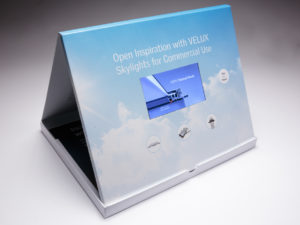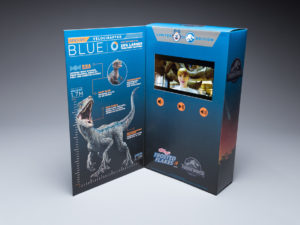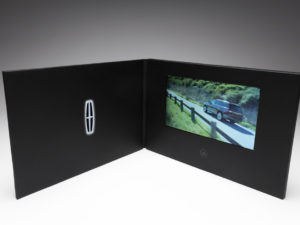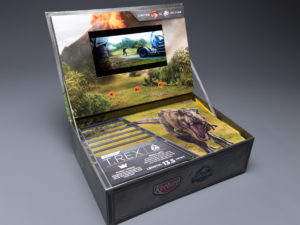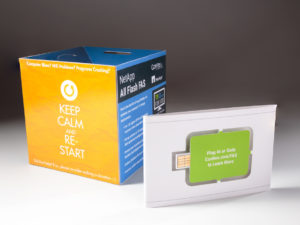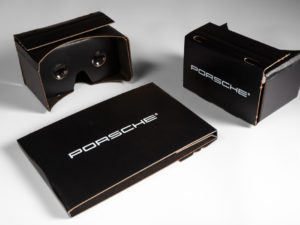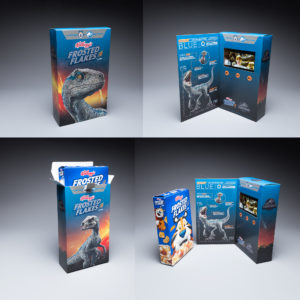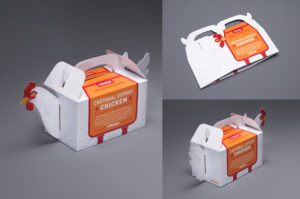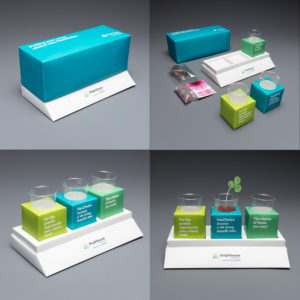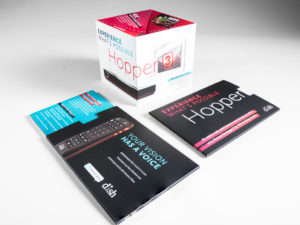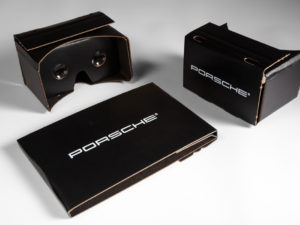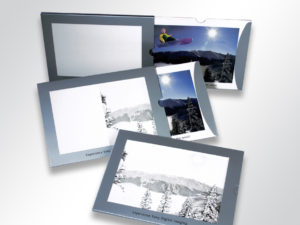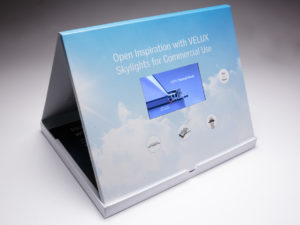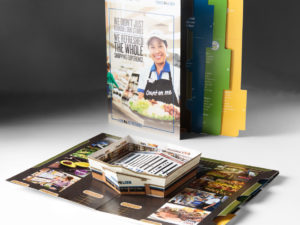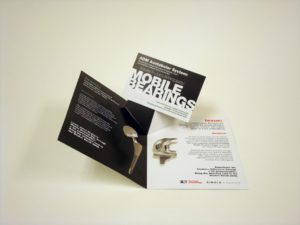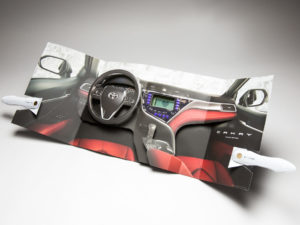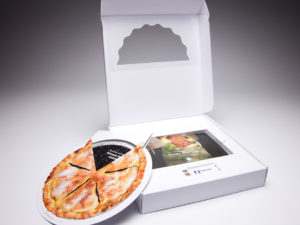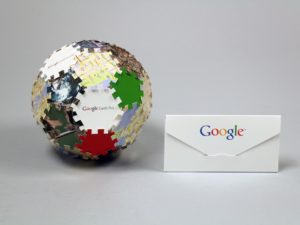You’ve heard it from us before: Video in Print delivers a powerful multi-sensory experience. Because Video in Print Advertising combines the added context and tactile engagement of print with the compelling motion and sound of video, it’s no wonder more and more marketers are using it to sell products and build trust with their customer base.
After all, as Seth Godin once said, “Marketing is no longer about the stuff that you make, but the stories you tell.” So, why not make sure you’re telling the right one?
Consider these stats:
The top three most effective types of video content are: customer testimonials (51%); tutorial videos (50%) and demonstration videos (49%). – Curata
Consider this a cheat sheet. Though video storytelling can be done in many ways, it’s important to be creative and allow your community of viewers, clients and potential customers to be a part of your brand’s story. Instead of giving them what you think they want, create video content that you know they will enjoy while still remaining true to your company and its values.
Companies who have integrated video into their marketing efforts enjoy 41% more web traffic from search than non-video users. – SmallBizTrends
It’s not enough to create a video and post it to the web or include it in a Video in Print brochure. You have to nurture it. In marketing, where it’s historically difficult to track the success of campaigns, why not lead your audience to a specific landing page or encourage a clear call-to-action? Prioritize metadata, make sure to include appropriate tags and create enticing titles, too. Now, that’s a recipe for success.
Viewers retain 95% of a message when they watch it in a video, compared to 10% when reading it via text. – Wirebuzz
We all know two things are generally better than one. But how about three? With Video in Print brochures, you’re engaging people’s sense of sight as well as their sense of touch and sound, giving them multiple touch-points and ways to engage with your brand.
90% of decision-makers say that product videos are helpful when deciding to purchase a product. – Hubspot
Aside from reading reviews from other users on a specific company or product you’re looking to buy, people typically search for a related video. As consumers, people are interested in how a product works, how it looks or how it will make their lives easier.
5% of viewers will stop watching a video after 1 minute and 60% will stop watching after 2. – Video Guru
The golden rule in video marketing: short and simple seals the deal (just don’t forget the Call to Action).
Clearly, using video has become a staple in marketing tactics. And, when it’s paired with a high-impact printed direct mail piece, it has double the impact. But, wait, what’s that? You aren’t implementing video yet? You want to expand the reach of your current video marketing efforts? Click here to get in touch.
In the meantime, take a look at our Video in Print offering on Structural Graphics and download our online ordering division, Red Paper Plane’s full Video in Print Catalog. With Video and Print combined, the possibilities are endless!
